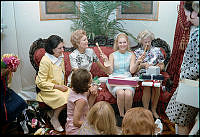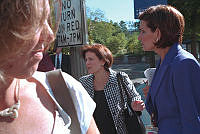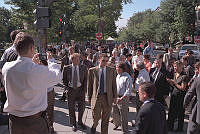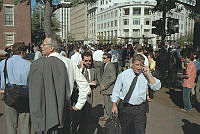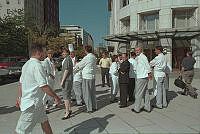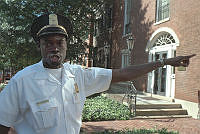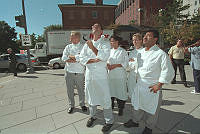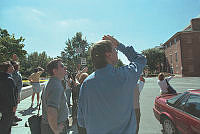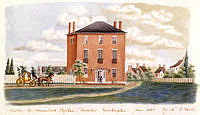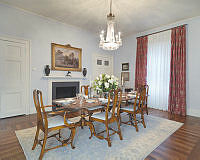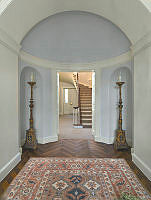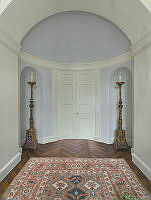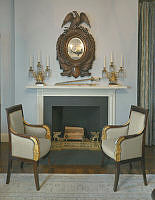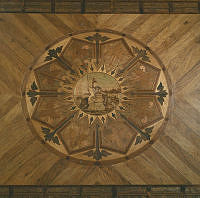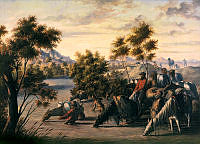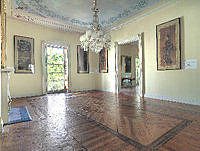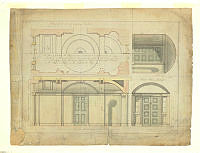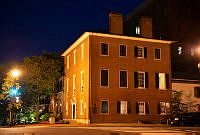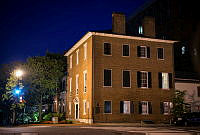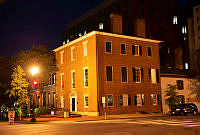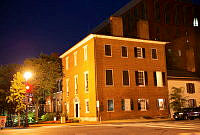Elizabeth Keckly
Copyright © White House Historical Association. All rights reserved under international copyright conventions. No part of this article may be reproduced or utilized in any form or by any means, electronic or mechanical, including photocopying, recording, or by any information storage and retrieval system, without permission in writing from the publisher. Requests for reprint permissions should be addressed to books@whha.org

A photograph of Elizabeth Keckly, circa 1861.
Born into slavery in 1818, Elizabeth Hobbs Keckly (also spelled Keckley) learned to sew from her mother and this skill would eventually bring her freedom and success. She developed into an accomplished seamstress and the income from her dressmaking supported the family that enslaved her. In 1855, she purchased her freedom and that of her son with loans from her clients. After coming to Washington in 1860, she established her own business and developed a clientele of prominent politicians' wives.
Some of Keckly's customers recommended her to Mary Todd Lincoln in 1861, and she soon became a frequent visitor to Lafayette Square as the First Lady's regular dressmaker. The two women also developed a friendship, comforting each other as they both grieved for sons who died within seven months of one another. The First Lady donated money to Keckly's Contraband Relief Association, which aided newly-freed slaves who had come to the capital, and Keckly was the one person for whom Lincoln asked in the hours after her husband's assassination. Keckly also assisted the former First Lady with the controversial sale of her clothing after she left the White House, and the two women maintained a close connection until the publication of Keckly's memoir in 1868.
Keckly continued her dressmaking business in Washington, where she also trained other African American women to be seamstresses, until the 1890s when she accepted a position on the faculty at Ohio's Wilberforce University. She ultimately returned to Washington, D.C., where she died in 1907.

A quilt said to be made by Elizabeth Keckly from scraps of Mary Todd Lincoln's dresses.













